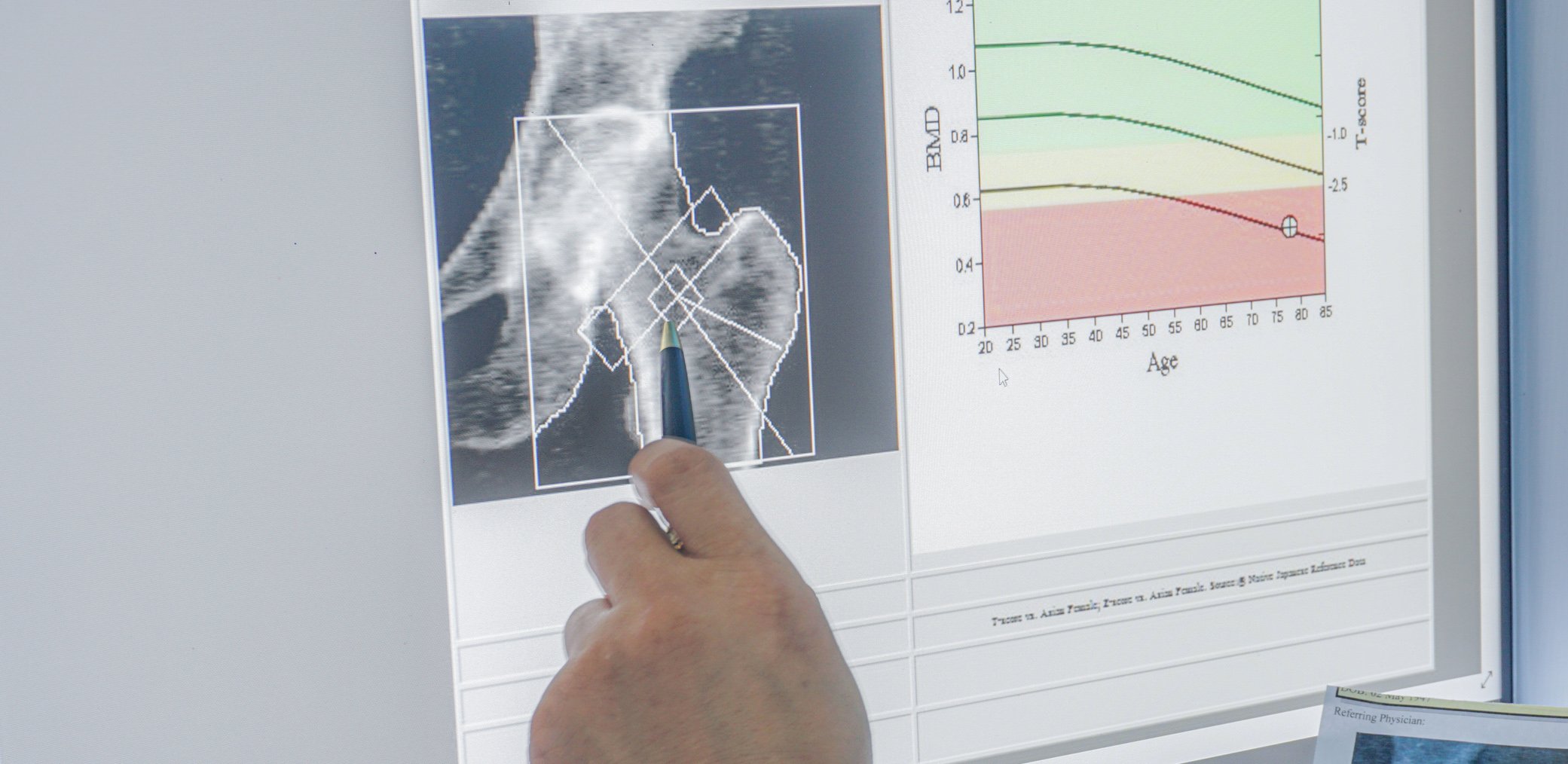Botulinum toxins are increasingly used in the treatment of spasticity, but so far different preparations have been used depending on the etiology and localization [1]. A new preparation can now be used to treat focal spasticity of any etiology. In an interview, neurologist Dr. Andreas Disko explains what this means for those affected and those treating them.
Spasticity often occurs in association with neurological disorders such as stroke, infantile cerebral palsy, or multiple sclerosis (MS) [2]. Local treatments include botulinum toxins, which induce a temporary relaxation of muscle tone by inhibiting the release of the neurotransmitter acetylcholine at the motor endplate [1]. Several clinical studies have demonstrated that intramuscular injections of onabotulinumtoxin type A (BOTOX®) reduce spastic increased muscle tone after stroke as well as in other etiologies [3]. As of May 2021, BOTOX® is currently the only botulinum toxin product approved in Switzerland for the symptomatic treatment of focal spasticity of the upper and lower extremities in adults, adolescents and children aged two years and older [3]. Thanks to its approval by health insurers since August 1, 2021, this treatment is now available to a broad patient population with neurological diseases [4]. In an interview, Andreas Disko, M.D., head of neurorehabilitation at the Lengg Clinic in Zurich, gives his assessment of the importance of insurance eligibility for MS patients with focal spasticities.
Interview with Andreas Disko, MD

Andreas Disko, MD
Senior physician neurorehabilitation
Lengg Clinic, Zurich
Dr. Disko, what therapeutic approaches have been used so far for symptomatic treatment of focal spasticity in MS?
With the exception of physiotherapy, we have not had any effective options available to us in this regard. While we can generally use various systemic therapies in the treatment of spasticity, these do not work focally.
What are the challenges in treating focal spasticity with systemic therapies?
The systemic therapies act on the whole organism. However, before I have reached an effective dose for a satisfactory effect on focal spasticity, the systemic side effects already predominate. Consequently, I am often forced to discontinue systemic treatment.
What is your experience with botulinum toxins for treating spasticity in MS patients?
Focal spasticity can be excellently treated with botulinum toxin in MS, just as after a stroke. The data are very convincing, across all etiologies.
What is the feedback from your patients?
They are very positive. It is important to educate patients about the expected benefits and limitations of this treatment so that they are not disappointed due to unrealistic expectations. Paralysis will persist with botulinum toxin, but spasticity may improve.
What is your opinion on the indication expansion of BOTOX® for symptomatic treatment of focal upper and lower extremity spasticity, regardless of etiology?
The extension of indications is a great relief in daily practice. Previously, complex applications for reimbursement were required, which may have discouraged many neurologists from considering this effective therapy for MS patients. It seems to me that there are still a lot of MS patients who are not treated for their focal spasticity because they don’t have access to this therapy. Now that this hurdle has been removed, I hope that many more patients will be able to benefit from this effective treatment.
The advantages of the indication extension of BOTOX® to focal spasticities of all etiologies at a glance:
|
Which patients do you think can benefit most from treatment with botulinum toxins and why?
It is difficult to give a blanket answer to this question. MS patients with focal spasticity can certainly benefit tremendously. Botulinum toxin injection can be used with the goal of facilitating care, relieving spasticity-related pain, or improving function. The specific reasons for treatment with botulinum toxins are manifold. However, they are all aimed at improving quality of life.
How do you rate the tolerability of botulinum toxins?
My experience in this regard is very good. There are very few contraindications, side effects rarely occur and rarely go beyond mild injection pain and a temporary hematoma at the injection site.
How do you see future developments in the therapy of focal spasticity in the context of MS?
First of all, it is important to inform the medical profession about the eligibility for health insurance in order to lower the inhibition threshold for the use of botulinum toxin in MS patients. This is also true in the primary care setting, where spasticity is often accepted and referral to a neurologist is not initiated due to lack of knowledge about the existence of an effective therapy. Neurologists do not always offer the treatment either, for example because they lack the routine in injection technique.
Would you recommend that a neurologist who does not want to inject himself refer his patients to a center?
Yes. Neurologists consult me regularly with the question of whether botulinum toxin injections are useful for their patients. If this is the case, these patients also receive their injection or at least a consultation at our competence center. I then handle the treatment of the spasticity, while the general neurological treatment remains with the referring neurologist.
How often and over what period of time must the injection be given?
This is very different. Usually injected every three months. If you find that the effect lasts longer, you can extend the interval if necessary.
What else is important to you about botulinum toxin treatment for MS patients with focal spasticity?
Awareness needs to be raised that effective treatment for focal spasticity exists and should be utilized early. The longer spasticity persists, the more difficult it becomes to treat it satisfactorily, as muscle tissue irreversibly transforms into connective tissue. In order not to miss the optimal time for treatment, it is advisable to refer those affected to a center of excellence when in doubt.
| ASPIRE study: satisfactory results across all etiologies
The Adult Spasticity International Registry (ASPIRE) study investigated the efficacy of BOTOX® for symptomatic treatment of spasticity in 730 patients suffering from stroke (n = 411, 56%), multiple sclerosis (n = 119, 16%), cerebral palsy (n = 77, 11%), traumatic brain injury (n = 45, 6%), and spinal cord injury (n = 42, 6%) [5]. The 1-year interim analysis showed that both treating physicians and patients were satisfied to very satisfied with BOTOX® treatment (range of variation physicians: 87.4% [Rückenmarksverletzung] – 94.2% [Zerebralparese]; range of variation patients: 67.6% [Schädel-Hirn-Trauma] – 89.7% [Rückenmarksverletzung]). The stroke patients, for example, 91.7% of whom had upper extremity spasticity and 79.6% of whom had lower extremity spasticity, showed improvement in almost all domains of the Disability Assessment Scale (DAS) in both halves of the body. Furthermore, there was improvement in lower extremity mobility in all etiologies. The most commonly reported side effects with BOTOX® included muscle weakness and dysphagia. In addition, no new safety concerns were observed with BOTOX® treatment during the interim analysis of the ASPIRE study. |
This text was produced with the financial support of Allergan AG, Cham.
Brief technical information BOTOX®
CH-BTX-210142
Post online since 16.12.2021
Literature












